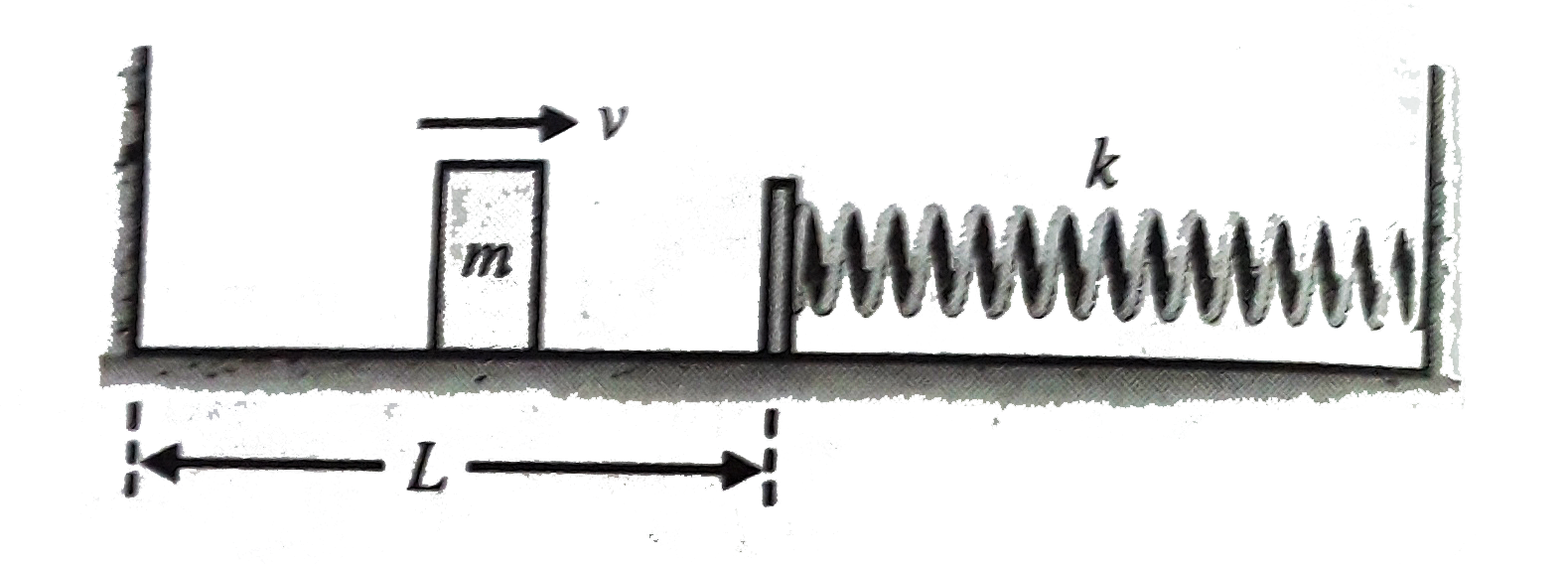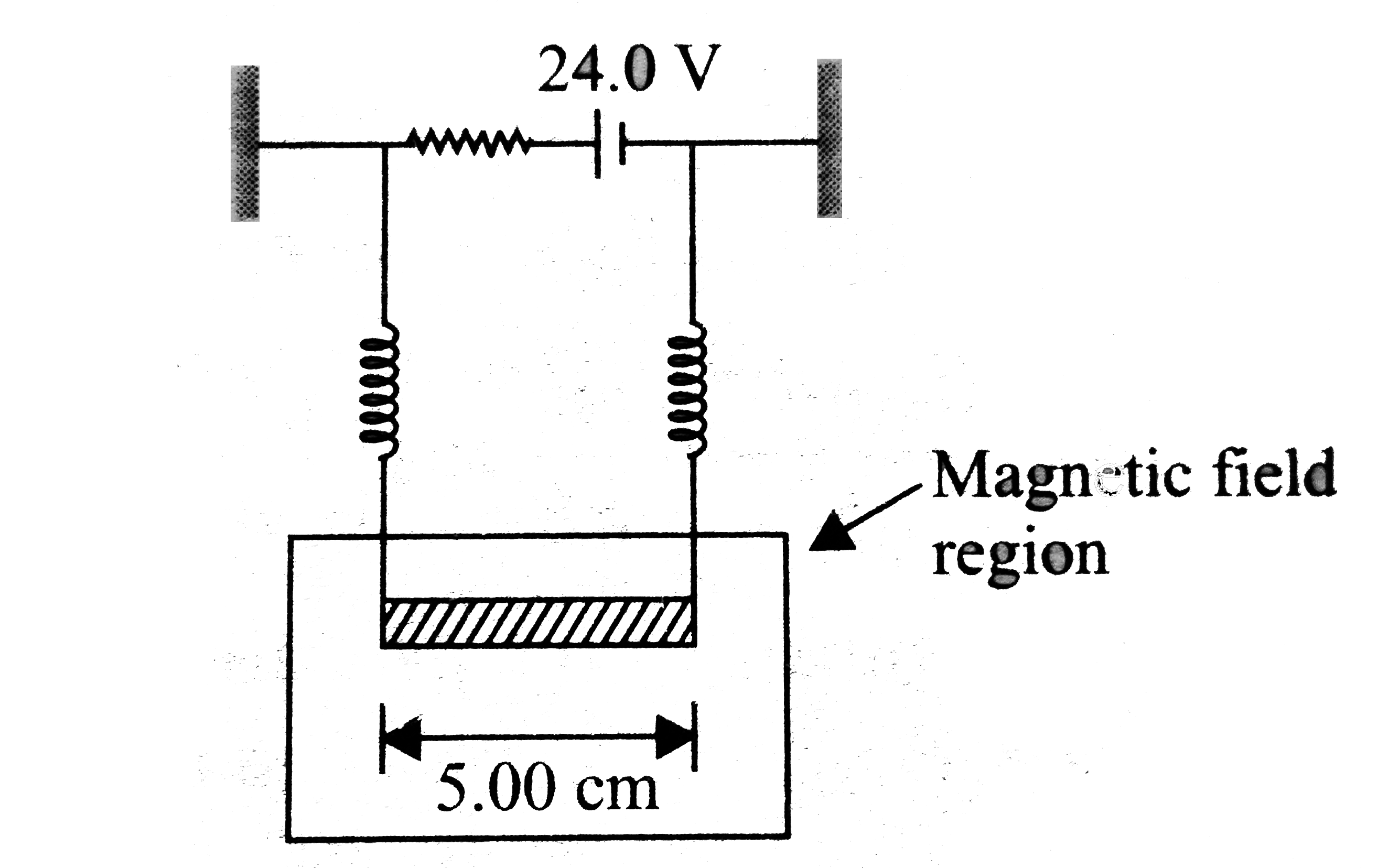A spring was hung from a hook in the ceiling.A number of different weights were attached to the spring to make it strech, and the total length of spring was measured each time shown in the following table:
Q (iv) If the spring has to stretch to 9 cm long, how much weight should be added?
The correct Answer is:14 kg
Topper's Solved these Questions
- TWO DIMENSIONAL ANALYTICAL GEOMETRYBOOK - PREMIERS PUBLISHERSCHAPTER - TWO DIMENSIONAL ANALYTICAL GEOMETRYEXERCISE - SOLUTION TO EXERCISE (6.3)
24 Videos
- TWO DIMENSIONAL ANALYTICAL GEOMETRYBOOK - PREMIERS PUBLISHERSCHAPTER - TWO DIMENSIONAL ANALYTICAL GEOMETRYEXERCISE - SOLUTION TO EXERCISE (6.4)
18 Videos
- TWO DIMENSIONAL ANALYTICAL GEOMETRYBOOK - PREMIERS PUBLISHERSCHAPTER - TWO DIMENSIONAL ANALYTICAL GEOMETRYEXERCISE - SOLUTION TO EXERCISE (6.1)
17 Videos
- TRIGONOMETRYBOOK - PREMIERS PUBLISHERSCHAPTER - TRIGONOMETRYEXERCISE - CHOOSE THE CORRECT ANSWER
62 Videos
- Vector Algebra -IBOOK - PREMIERS PUBLISHERSCHAPTER - Vector Algebra -IEXERCISE - Choose Correct Option
38 Videos
Similar Questions
A spring has natural length 40cm and spring constant 500N/m. A block of mass 1kg is attached at one end of the spring and other end of the spring is attached to a ceiling. The block is relesed from the position, where the spring has length 45cm.
View Solution
A spring having a spring constant k is fixed to a vertical wall as shown in Fig. A block of mass m moves with velocity v torards the spring from a parallel wall opposite to this wall. The mass hits the free end of the spring compressing it and is decelerated by the spring force and comes to rest and then turns the spring is decelerated by the spring force and comes to rest and then turns back till the spring acquires its natural length and contact with the spring is broken. In this process, it regains its angular speed in the opposite direction and makes a perfect elastice collision on the opposite left wall and starts moving with same speed as before towards right. The above processes are repeated and there is periodic oscillation.
Q. What is the time period of oscillation ?
View Solution
Knowledge Check
A spring has natural length 40cm and spring constant 500N/m. A block of mass 1kg is attached at one end of the spring and other end of the spring is attached to a ceiling. The block is relesed from the position, where the spring has length 45cm.
Athe block will perform SHM of amplitude 5cmBthe block will have maximum velocity 30√5cm/sCthe block will have maximum acceleration 15m/s2Dthe minimum elastic potential energy of the spring will be zero
A spring having a spring constant k is fixed to a vertical wall as shown in Fig. A block of mass m moves with velocity v torards the spring from a parallel wall opposite to this wall. The mass hits the free end of the spring compressing it and is decelerated by the spring force and comes to rest and then turns the spring is decelerated by the spring force and comes to rest and then turns back till the spring acquires its natural length and contact with the spring is broken. In this process, it regains its angular speed in the opposite direction and makes a perfect elastice collision on the opposite left wall and starts moving with same speed as before towards right. The above processes are repeated and there is periodic oscillation.
Q. What is the time period of oscillation ?Aπ√mkB√πmk+LmCπ√mk+2LvDπ√mk+LvThe circuit in fig. consists of wires at the top and bottom and identical metal springs at the left and right sides.The wire at the bottom has a mass of 10.0g and is 5.00cm long. The wire is hanging as shown in the figure. The springes stretch 0.500 cm under the weight of the wire, and the circuit has a total resistance of 12.0Ω. When a magnetic field is turned on the springes stretch an additional 0.300 cm.

From the above statements we can conclude thatAthe magnetic field is directed into the plane of pageBthe magnetic field is directed out of the pageCThe magnetic field is toward left in the plane of pageDThe magnetic field is toward right in the plane of page
A string of length 40 cm and weighing 10 g is attached to a spring at one end and to a fixed wall at the other end. The spring has a spring constant of 160Nm−1 and is stretched by 1-0 cm. If a wave pulse is produced on the string near the wall, how much time will it take to reach the spring ?
View SolutionA string of length 40 cm and weighing 10 g is attached to a spring at one end and to a fixed wall at the other end. The spring has a spring constant of 160Nm−1 and is stretched by 1.0 cm. If a wave pulse is produced on the string near the wall, how much time will it take to reach the spring ?
View SolutionA string of length 40 cm and weighing 10 g is attached to a spring at one end and to a fixed wall at the other end. The spring has a spring constant of 160Nm−1 and is stretched by 1.0 cm. If a wave pulse is produced on the string near the wall, how much time will it take to reach the spring ?
View SolutionThe pan attached to a spring balance has a mass of 1 kg. A weight of kg when placed on the pan stretches the spring by 10 cm. What is the frequency with which the empty pan will oscillate ?
View SolutionThe circuit in fig. consists of wires at the top and bottom and identical metal springs at the left and right sides.The wire at the bottom has a mass of 10.0g and is 5.00cm long. The wire is hanging as shown in the figure. The springes stretch 0.500 cm under the weight of the wire, and the circuit has a total resistance of 12.0Ω. When a magnetic field is turned on the springes stretch an additional 0.300 cm.

From the above statements we can conclude that
View Solution
